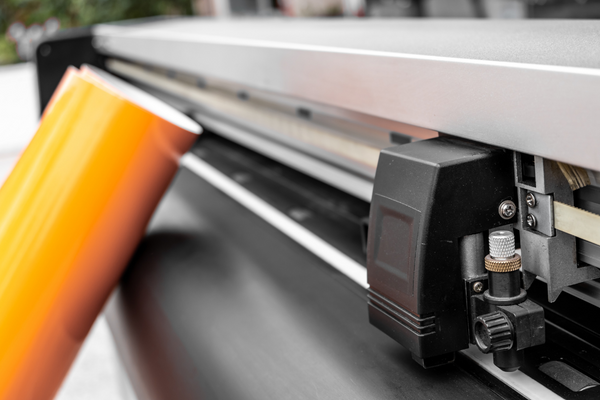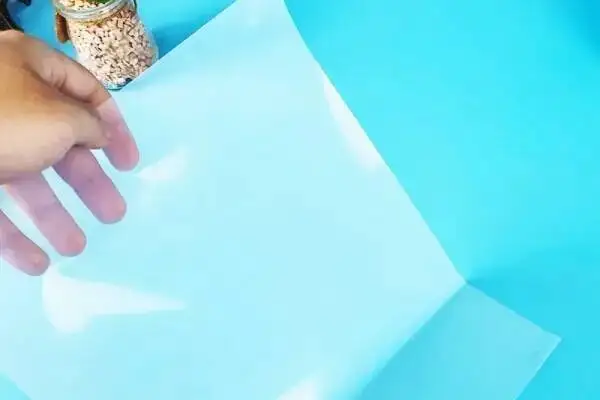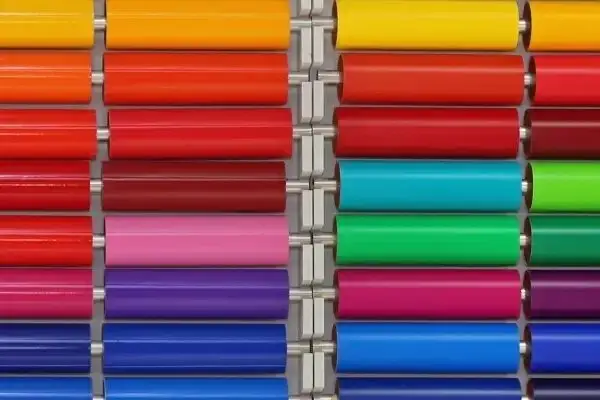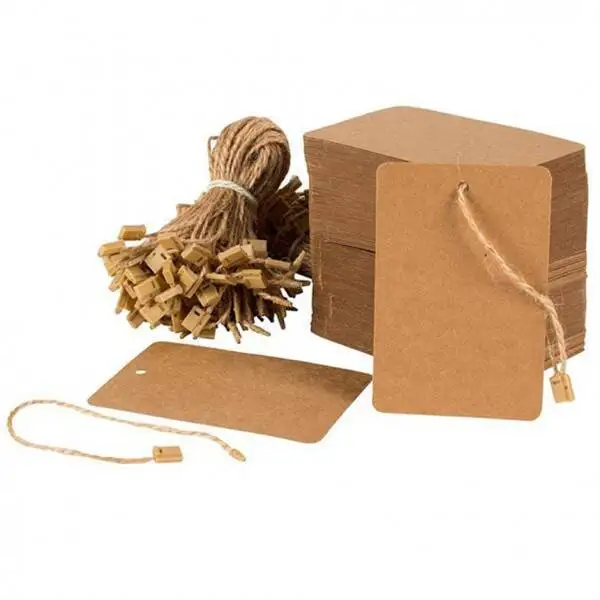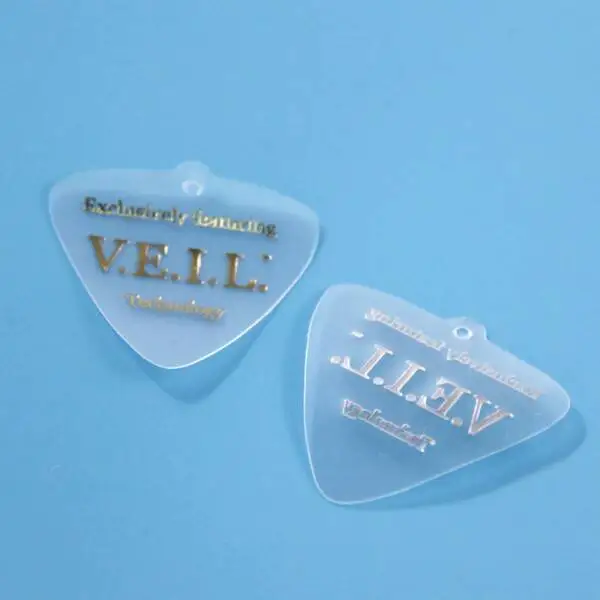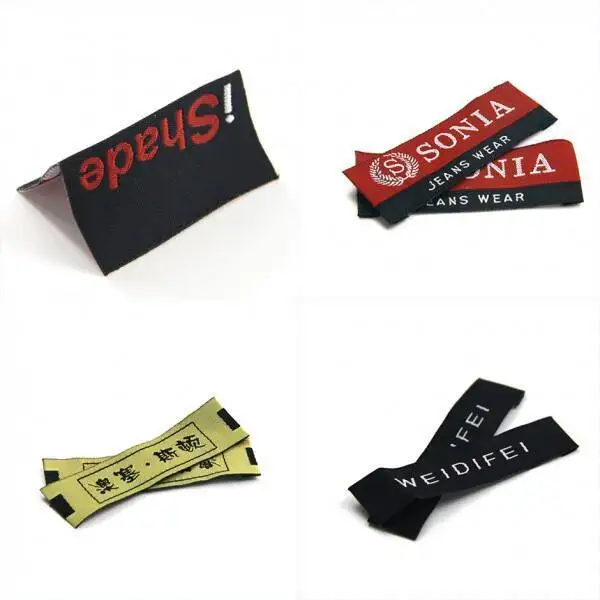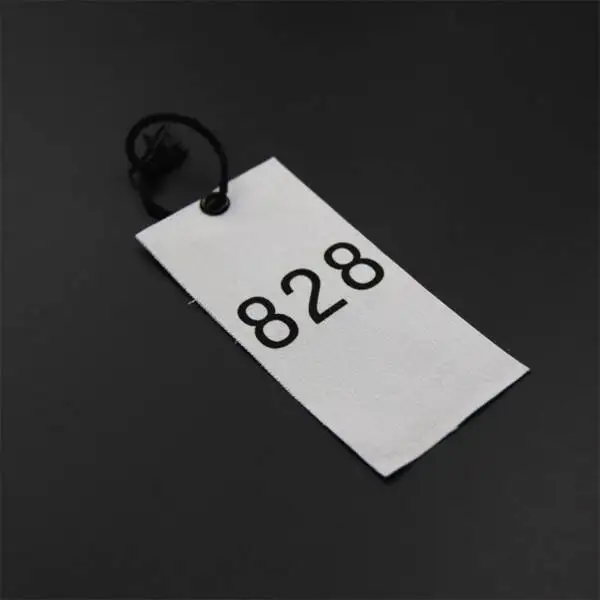What is the holographic label?
With the development of modern printing technology, the problem of counterfeiting is continuing without end, and people are also exploring new labels to solve the problem.
To effectively solve a series of problems brought about by counterfeiting, the invention of the holographic label is undoubtedly the gospel of brand merchants. The holographic label can be used in almost all industries for safe, high gloss, and glossy surfaces, but mainly for anti-counterfeiting.
There are many types of anti-counterfeiting labels on the market, such as printed, holographic stickers, and intelligent anti-counterfeiting tags. Generally, the choice of anti-counterfeiting titles has a relatively large relationship with the product itself, and not every type of anti-counterfeiting label is suitable for picking a product. Generally, products with lower unit prices choose more common printed labels, and those with higher unit prices prefer holographic labels and smart anti-counterfeiting labels. To enhance product security, these two labels may often be combined. The form appears on the product. Therefore, the types of anti-counterfeiting brands should be selected according to different commodities.
What is the holographic label?
The holographic label is a specially designed label injected with two-dimensional or 3D images to provide visual effects. Also, it is referred to as a holographic sticker'.
The label has adhesive on the back so that it can be pasted wherever needed. On most occasions, holographic stickers are used for security and verification purposes.
Making holographic stickers is a very technical and accurate process.
A specific image is copied and engraved on a particular surface with a laser beam. For holographic stickers, this surface is usually a kind of foil or modified paper. Text, numbers, letters, or other designs, such as drawings or photographs, can be turned into holographic images. Images can also be layered to create different two and 3D effects.
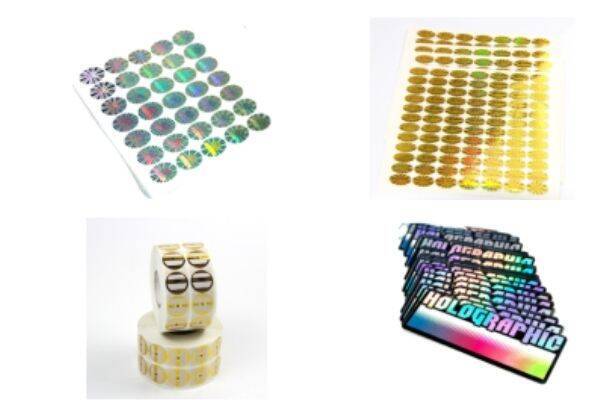
Application fields of holographic labels
Nowadays, holographic labels play an irreplaceable role in medical treatment, electronics, cosmetics, automobiles, certificates, and so on.
In pharmacy, holographic labels can well identify the authenticity of drugs, making the packaging difficult to forge. It not only ensures that the merchant's brand is not embezzled but also provides good protection for consumers.
In the automotive field, holographic labels can help car owners understand the vehicle information and can also help inspectors quickly and easily check the vehicle information.
In addition, holographic labels are frequently used on certificates, which are mainly used for identity verification to prevent others from using them.
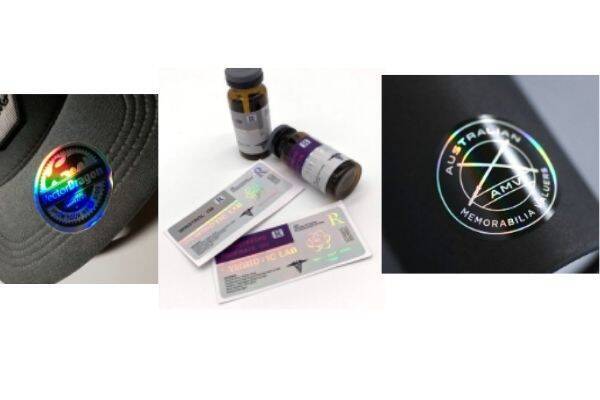
Process of making holographic labels
1. Initial communication, initial communication between the customer and the holographic labels company;
2. Provide logo/file or related customized information;
3. Scheme design, professional designers of the anti-counterfeiting company make corresponding anti-counterfeiting design schemes according to customer requirements, combined with brand, logo, or customized information;
4. Plan confirmation, order negotiation, the anti-counterfeiting company confirms to the customer to provide the design plan, during the period, if you are not satisfied, you can make adjustments.
5. After confirming the plan and signing the contract, the customer needs to provide the relevant qualification and brand authorization to the anti-counterfeiting company. If the customer does not have the relevant qualification and brand authorization, the production cannot be continued.
6. Down payment;
7. Arrange for production and deliver finished products out of the warehouse;
8. After-sales service, cooperate again.
More applications of holographic technology
Holography is imaging through light, and there is a new saying about holographic technology in the industry: micro-nano optics technology. Below we can learn more about holography through the holographic images that are common in daily life.
1. Holographic anti-counterfeiting trademark
Holographic anti-counterfeiting trademarks are mainly used for product packaging, including food, daily chemical cosmetics, beverages, medicines and health care, electrical appliances, toys or gifts, etc. However, all products may require anti-counterfeiting labels.
2. Holographic document or protective card film
There are many types of holographic documents or card protection films, and the use of anti-counterfeiting films is also diverse. The cold film, hot film, heat transfer film, laminate film, etc., can be used as needed. The anti-counterfeiting principle is similar, but the process complexity is different.
Nowadays, due to the rampant international criminal activities of "smuggling," forged passports and other entry and exit documents have become high-tech. Therefore, increasing the anti-counterfeiting technology of passport documents has become the direction of the entry-exit management, police, and judicial departments of various countries. The emergence of holographic anti-counterfeiting films has effectively solved the problem of document fraud.
3. Holographic security thread
The application of different specifications of holographic anti-counterfeiting thread is different. Generally, the holographic anti-counterfeiting thread of more than 1mm is mostly used in the plastic packaging of cigarettes and daily chemical products, which has the function of easy unpacking. The holographic anti-counterfeiting thread below 1mm is mostly used for the anti-counterfeiting of clothing woven labels. The ultra-fine anti-counterfeiting thread is woven into the woven label together with other woven threads to prevent counterfeiting. The surface of the holographic anti-counterfeiting thread can be applied with various optical anti-counterfeiting technologies, which can hide ultra-fine micro-texts, which are difficult to identify with the naked eye.
Related Articles
Product Groups
- Metallic Label
- Supermarket Labels
- Food Label
- Tyre Label
- Resealable Label
- Holographic Labels
- Electrical Label
- Adhesive Vinyl Roll
- Inkjet Vinyl Sticker Paper
- Paper Box
- Temperature Resistant Labels
- Clothing Label
- Office Labels
- Bubble Mailer
- Bottle Label
- Chemical Label
- Anti Counterfeit Label
- Temperature Indicator Sticker


